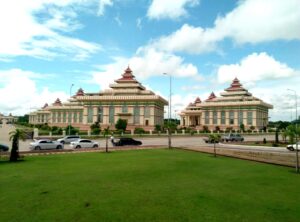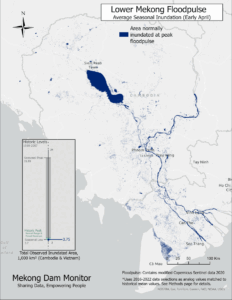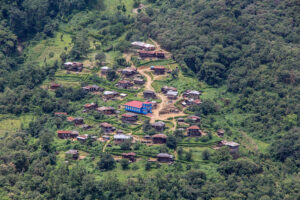What a difference a month makes for the Mekong! After a long, extended monsoon season drought, the Tonle Sap River finally reversed at the end of August as water from the Mekong mainstream began to push water back into the Tonle Sap Lake. These satellite comparisons show that flood conditions around the lake (which are useful and necessary to produce the Cambodia’s 500,000 ton fish catch and much of the Mekong’s 2.6mn ton fish catch) are looking normal compared to 2017’s normal flood year conditions.
However, the river reversal and lake expansion typically happens in July of every year – this year it happened in late August. So this year’s flood season will naturally be shorter than most due to the cumulative impacts of extended drought (El Nino weather effects) and upstream dams.
The MRC hydrographs show that the river level of the Mekong mainstream is now on its seasonal descent. Kampong Cham’s monitoring station (the closest to the Tonle Sap River) shows a decline and Pakse upstream is now once again reaching a historic low after hitting a historic high just a few weeks ago.
But what is most concerning is how drought conditions from Vientiane upward to Chiang Saen in the Golden Triangle NEVER improved. Since so little water is coming down through the system this year, without another major storm to hit southern Laos or eastern Cambodia, the Tonle Sap reversal and lake expansion will likely be short-lived.




